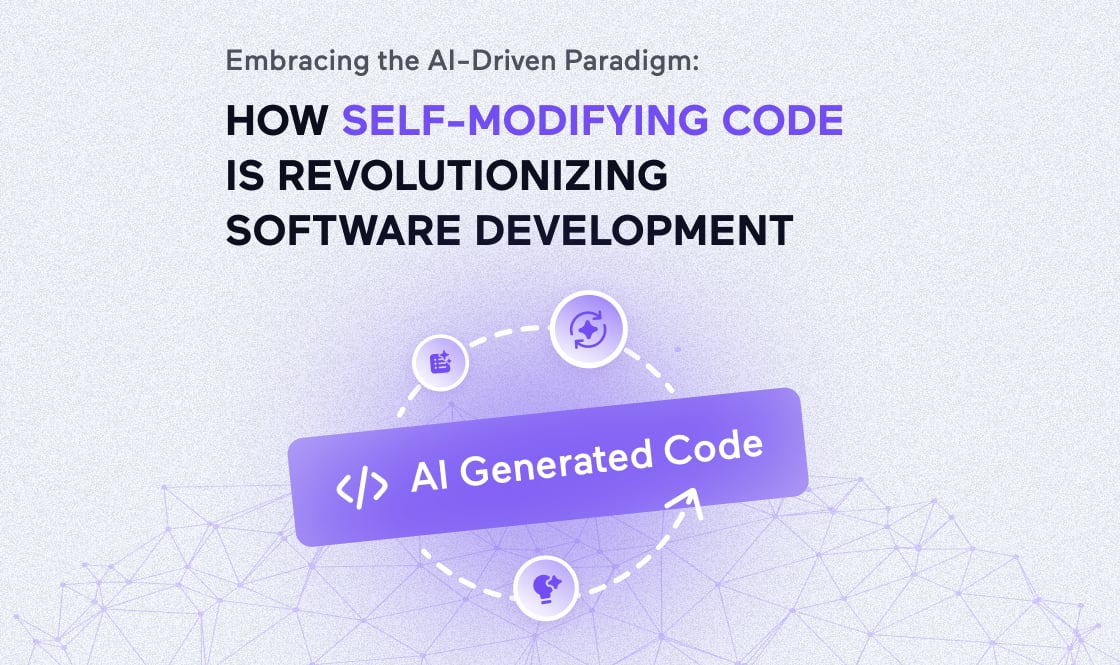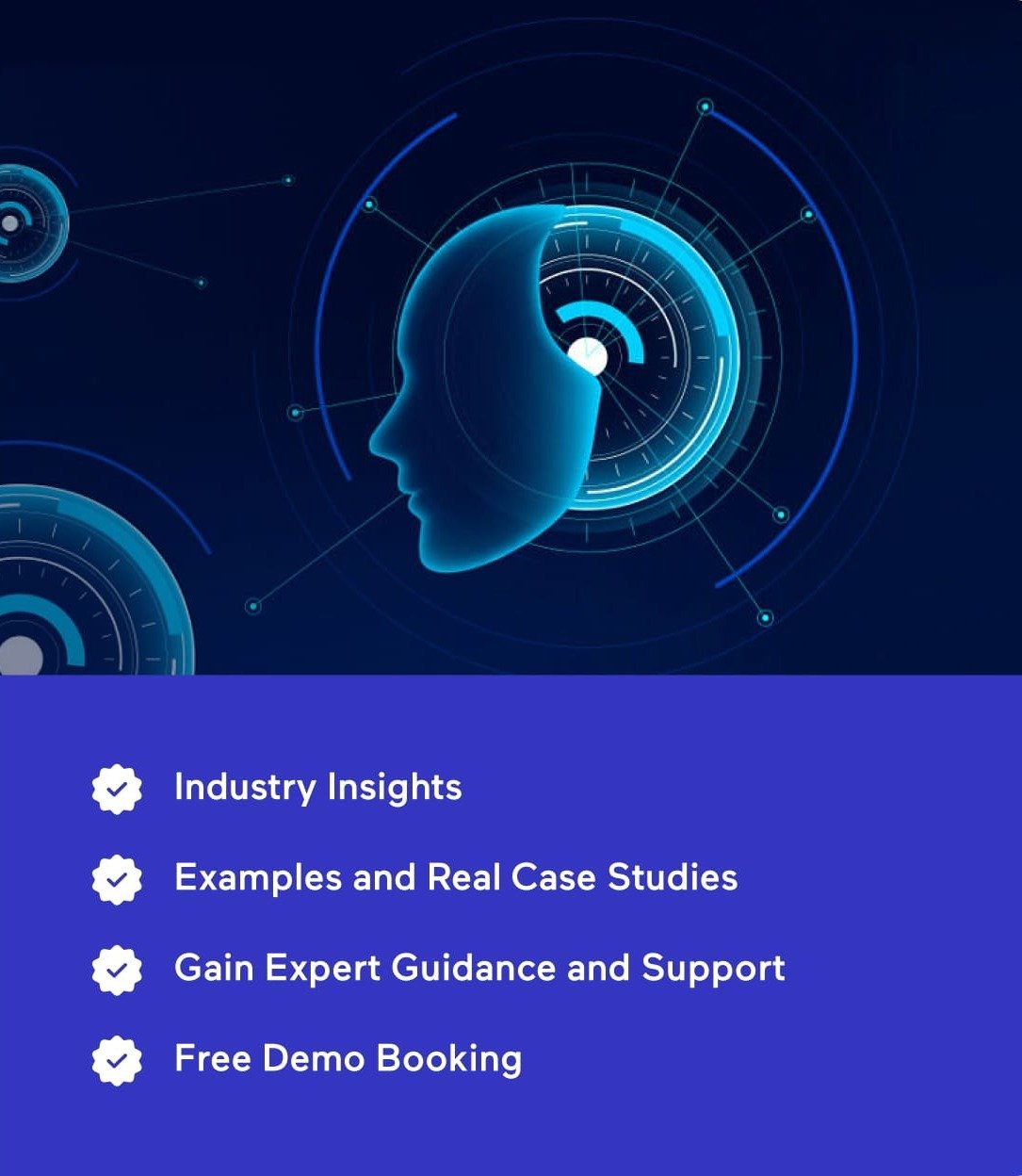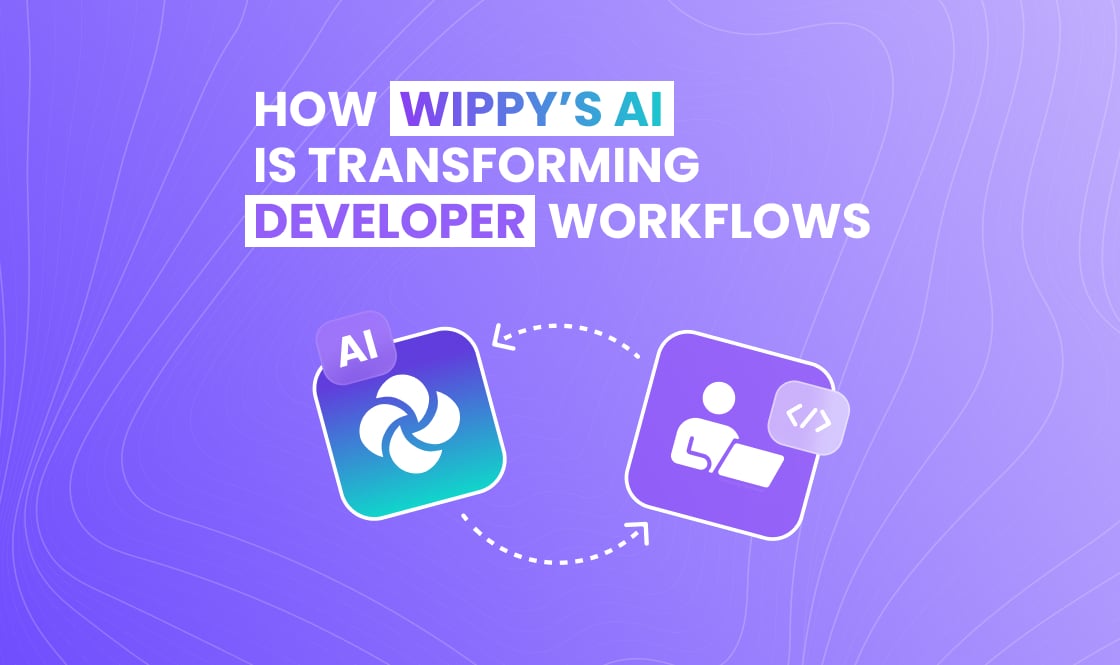Most of us see and read about the breakneck speed at which the landscape of artificial intelligence and software development has evolved. Most likely, you are dizzy from all the news and releases. Well, today we will describe a new approach that is emerging – one that leverages AI and self-modifying coding agents which are capable of building and modifying their own understanding of complex codebases.
Anton Titov, an experienced AI software architect and the CTO of Spiral Scout, shares insights and his ideas into this future approach, highlighting how it differs from conventional methods and the potential for the future of software development and human engineers.
The Limitations of Hardcoded Models
Most AI tools in software development today operate on hardcoded, generalized models. These models are pre-trained on vast datasets and can assist with common tasks, but they are limited in their ability to adapt to the unique architecture and dependencies of specific codebases.
When a new developer joins a project, they spend time building a mental model of the codebase—understanding its structure, dependencies, and nuances. This onboarding process is crucial for effective contribution. However, traditional AI tools do not build such an internal model. They apply generalized knowledge, which can lead to incorrect or suboptimal solutions when dealing with complex or non-standard projects.
As Anton explains, “Pretty much all the AI software on the market right now have a hardcoded model, and it’s generalized… It’s not going to work for anything more complex than very common, standard projects.”
Introducing Self-Modifying AI Agents
This new approach and solution involves creating AI self-modifying code agents that can build and modify their internal models of the codebases they interact with. This approach introduces a feedback loop, allowing the AI to incorporate user knowledge and adjust its understanding dynamically.

Building an Internal Model
The AI self-modifying code agent begins by analyzing the codebase to build an initial internal model. This model represents the AI’s understanding of the architecture, dependencies, and functionality. It’s similar to how a human developer forms a mental model during onboarding.
Anton describes this process as letting “the system educate itself and learn on the particular codebase and change itself to build a better model of how to work with this codebase.”
Incorporating Feedback Loops
A key innovation is the integration of feedback loops. When the AI provides an incorrect answer, the user can correct it, and the AI will adjust its internal model accordingly.
For example, if a developer named Maxim asks the AI how to change something and receives an incorrect response, he can say, “Actually, this is what you should be doing.”
The AI then runs internal workflows using vector databases and other tools to understand why the previous answer was incorrect, adjust self-modifying code AI, and improve future responses. “We’re going to run internal workflows… that will try to understand why the previous answer was incorrect, why the new answer is correct, and change its internal model,” Anton shared.
Self-Modification and Adaptation
The AI self-modifying code agent doesn’t just store corrections; it modifies its reasoning processes. This self-modification might involve rescanning the database, rebuilding dependency graphs, or adjusting its cognitive pathways.
This capability allows the AI to adapt to the project’s specific needs, making it more effective over time. It’s akin to having a digital employee who learns and improves continuously, and their knowledge persists.

What Can You Automate Today?
The Role of Runtime Environments
Implementing self-modifying code AI agents requires a runtime environment that supports dynamic changes. Traditional AI tools lack this flexibility because they operate on static models and predefined workflows. Anton emphasizes, “They won’t be able to do it without runtime… This requires you to change the whole order of thinking… For these new flows, you need an environment to run.”
By providing a runtime environment, the AI agent can modify its internal operations, incorporate new workflows, and adjust its reasoning based on the feedback it receives.
Comparing with Existing Tools
Tools like Cursor focus on generalized assistance, applying hardcoded models and workflows that work well for common scenarios. However, they start to struggle with complex or unique projects. Anton notes, “They have engineers… They understand the codebase… They put it into a vector database and then run quick benchmarks. It works well in many cases but doesn’t in others.” Anton argues that without the ability to self-modify AI, these tools can not adapt to specific codebases effectively.
Creating Digital Employees
The agentic AI software engineer acts as a digital employee within the development team. It can be trained, create memories, ask questions, and adapt to the project’s evolving needs.
Simulating Onboarding
Just like a new team member, the AI agent undergoes an onboarding process. It generates questions based on its initial understanding and seeks clarification from developers. Anton explains, “We’re going to see companies simulate the whole onboarding flow… The agent will be interviewing you and then incorporating this knowledge into the future work that it does and how it trains others.” This process helps the AI build a more accurate internal model, strengthening its ability to contribute effectively and quickly.
Continuous Learning
The AI agent continuously learns from interactions, incorporating new knowledge and adjusting its internal model. This dynamic learning process helps make sure that the AI remains effective as the project evolves. Anton emphasizes adaptability, “We’re making knowledge fluid and adaptable, not static. The AI will evolve with the project.”
Overcoming Traditional Mindsets
Despite the clear advantages, there’s resistance within the engineering community. Experienced developers often view AI-generated code with skepticism, concerned about reliability and the “black box” nature of AI solutions.
Anton observes, “Non-engineers or those without traditional coding backgrounds regularly embrace AI tools more readily, achieving remarkable results quickly. The challenge is shifting the mindset of seasoned engineers to see AI as an amplifier of their expertise, not a replacement.”
Technical Underpinnings
The AI software agents leverage several technical components:
- Runtime Environment: Supports dynamic modifications to the AI’s reasoning processes and workflows.
- Memory Mechanisms: Utilizes short-term and long-term memory to retain essential information across tasks.
- Feedback Mechanisms: Incorporates user corrections to adjust its internal model continuously.
- Internal Workflows: Employs processes to analyze feedback, update knowledge, and refine cognitive pathways.
- Multi-Agent Collaboration: Facilitates specialized tasks using distinct agents, enhancing efficiency and effectiveness.
Addressing Challenges
At this moment, implementing self-modifying AI agents presents a few challenges to consider:
- Complexity: Developing systems that can modify their reasoning is inherently complex.
- Safety: Ensuring that modifications don’t introduce errors or unintended behaviors.
- Scalability: Adapting the approach to work efficiently across various projects and teams.
- Mindset Shift: Encouraging adoption among experienced developers accustomed to traditional methods.
Anton acknowledges these challenges but remains optimistic, “Transitioning to this new paradigm requires education and a shift in thinking, but the benefits far outweigh the difficulties.”
The Broader Context: Competing in AI Development
Anton identifies three major areas of competition in AI:
- Developing the Best Generalized Models: Creating powerful language models capable of handling a wide range of tasks.
- Optimizing Data Pipelines: Building efficient workflows to process and utilize large amounts of data.
- Creating Self-Modifying Systems: Developing AI agents that can adapt and generalize to solve complex, specific problems.
He positions the self-modifying AI agent within the third category, emphasizing its potential to revolutionize software development.
Practical Implications
The self-modifying AI agent offers several practical benefits:
- Adaptability: Handles complex, unique codebases by building a tailored internal model.
- Efficiency: Reduces time spent on onboarding and manual code adjustments.
- Collaboration:Acts as an interactive partner that learns from and contributes to the team.
- Continuous Improvement: Becomes more effective over time, enhancing productivity.
- Accessibility: Empowers individuals without traditional coding backgrounds to contribute meaningfully.
Building the Future Together
Anton and his team are actively working on open-sourcing their runtime environment, aiming to make it the “AGI brain” of future products. They envision a world where software can learn, adapt, and improve autonomously, guided by human input but empowered by AI capabilities. “We’re not just optimizing existing processes—we’re redefining them,” Anton asserts.
Conclusion
The introduction of self-modifying AI agents represents a significant shift in software development. By enabling AI to build and adjust its own understanding, developers can leverage tools that are more adaptable and effective than traditional AI assistants.
Anton’s insights highlight the potential of this approach:
– Moving beyond hardcoded, generalized models.
– Embracing dynamic feedback loops and continuous learning.
– Leveraging runtime environments for self-modification.
– Viewing AI agents as digital team members who learn and grow.
As the field progresses, self-modifying AI agents may become integral to development teams, driving innovation and efficiency in ways previously unimagined. This new paradigm not only strengthens productivity but also democratizes software development, allowing a broader range of individuals to participate and contribute at a higher level.
The journey toward this future requires embracing change, challenging traditional mindsets, and investing in tools and education to make AI-driven development a reality. By following the path pioneers like Anton Titov are forging, we can accelerate this transition and unlock a new era of innovation in software development.
How do you plan to embrace digital engineers as you embark on this new era of AI Agents?



